Harvest Lane Honey Beehive Deep Frames Assembled with Deep Plastic Foundation, 5 ct.
Install the Harvest Lane Honey Deep Frames with Deep Plastic Beehive Foundation pack into your beekeeping hive. This set comes with 5 wooden frames assembled with 5 sheets of deep 8-1/2 in. plastic beehive wax foundation.
Install the Harvest Lane Honey Deep Frames with Deep Plastic Beehive Foundation pack into your beekeeping hive. This set comes with 5 wooden frames assembled with 5 sheets of deep 8-1/2 in. plastic beehive wax foundation.
- Resistant to wax moths, long-lasting and durable
- 100% beeswax coating
- Beehive wax foundation has a textured cell pattern
- Easy acceptance in the beekeeping hive
- Use with deep brood box
- Fully assembled
Additional information
| Country of Origin | Made in USA |
|---|---|
| Product Type | Beehive Frames |
| Package Quantity | 5 |
| Primary Color | Beige |
| Primary Material | Wood |
| Product Height | 8.5 in. |
| Product Length | 8.5 in. |
| Product Weight | 0.25 in. |
| Product Width | 19.875 in. |
| Manufacturer Part Number | WWFFD-101-5 |

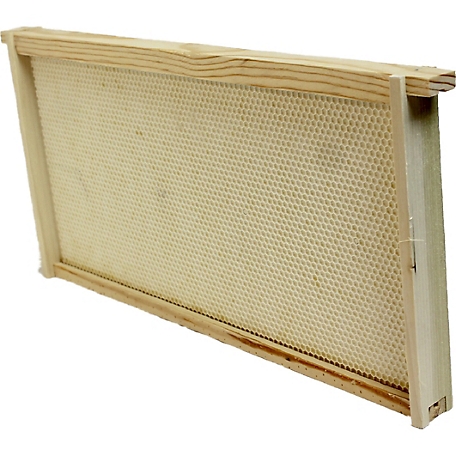

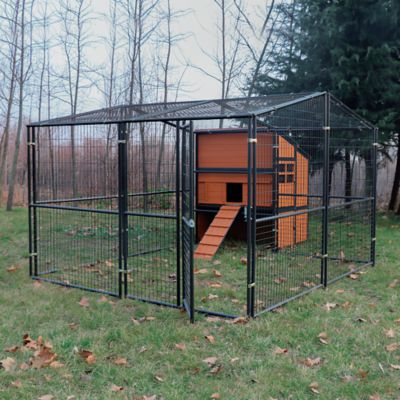
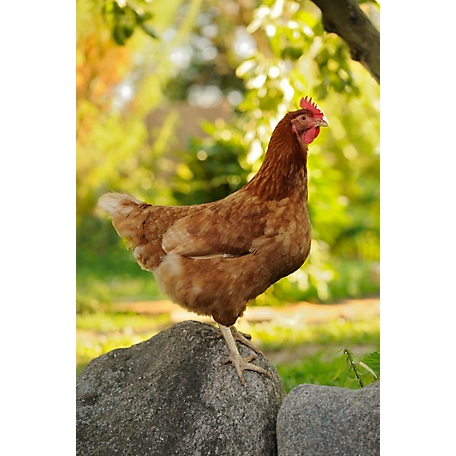

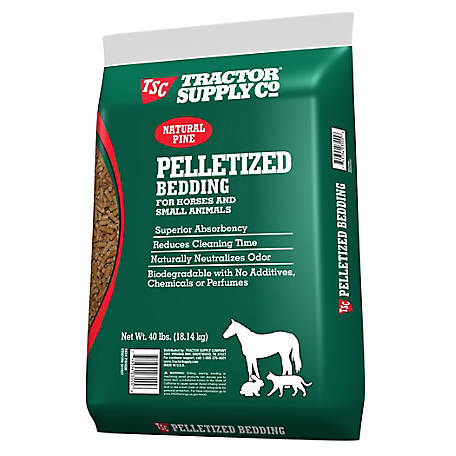
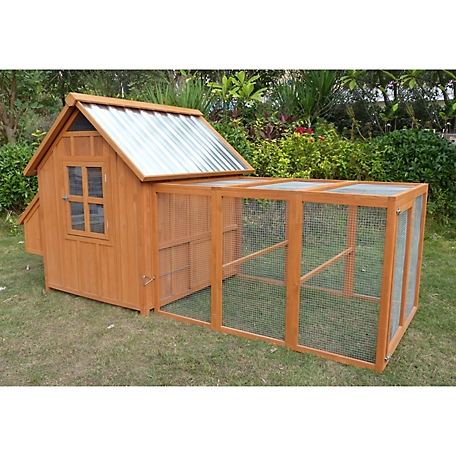

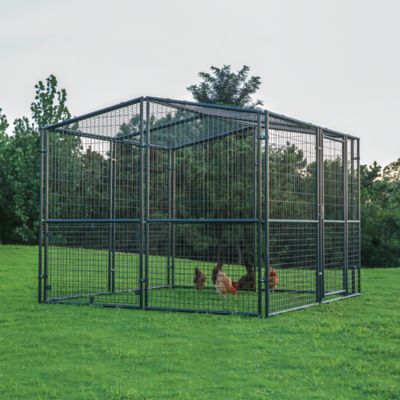

by Lonnie
Exactly what I was looking for at a excellent price
by Sam
Happy with them.
by Laura
Delivery for the order was more than 7 days. One of the frames was damaged beyond repair. The bees are happy so far with the replacement of the ones I used.